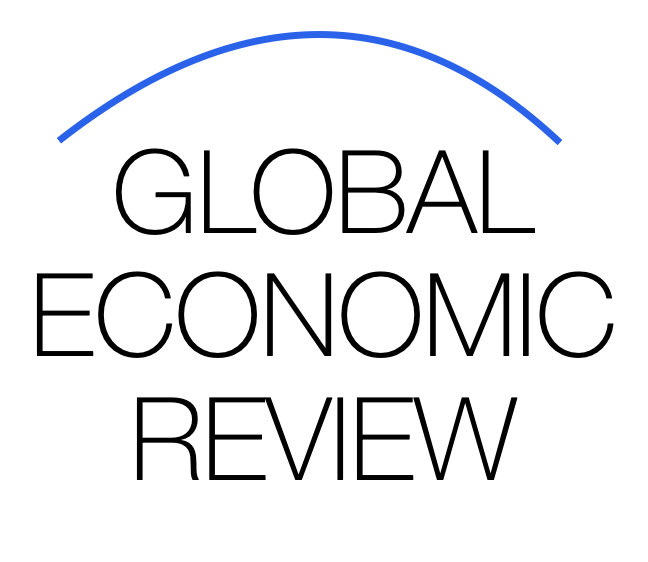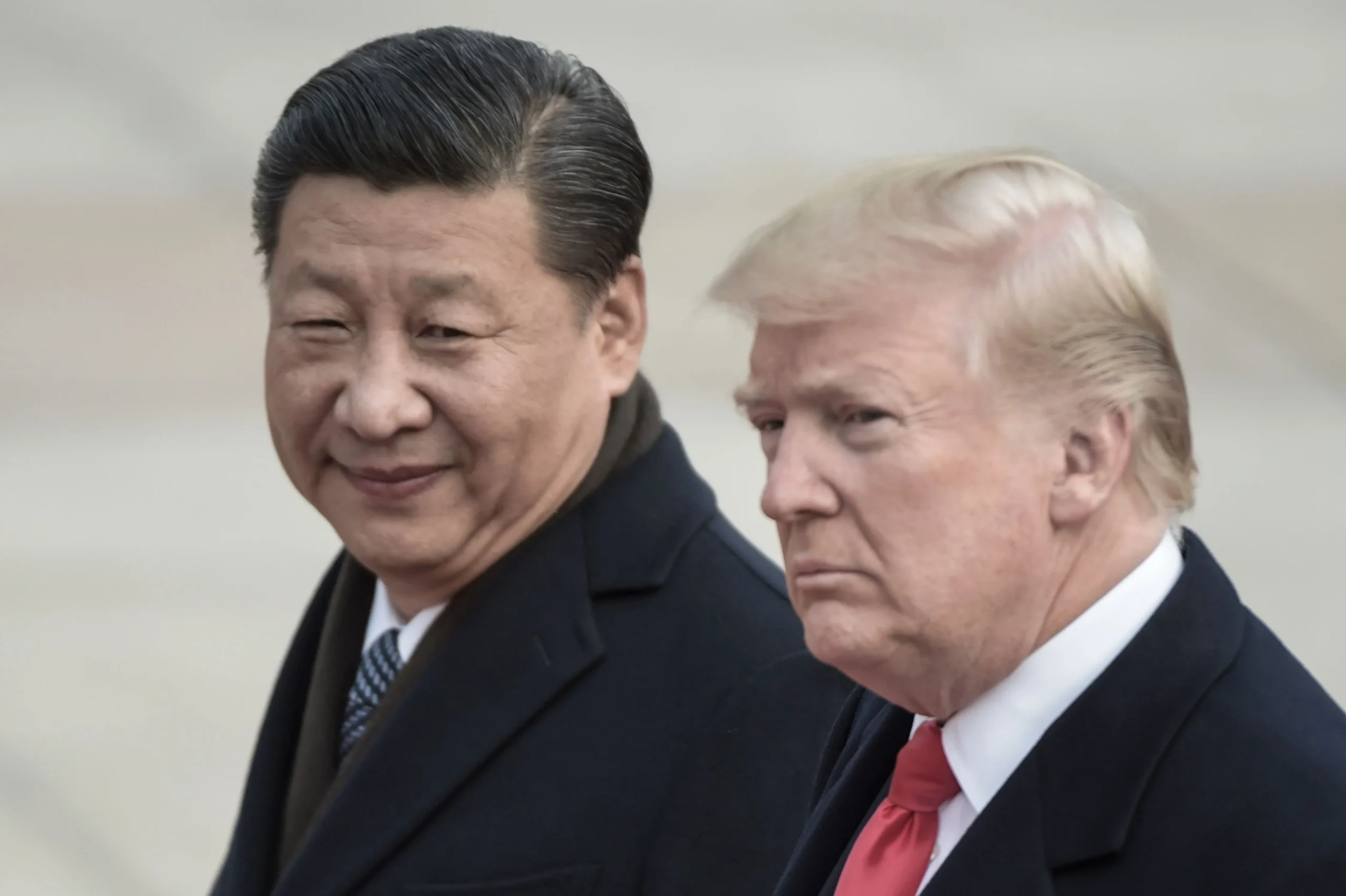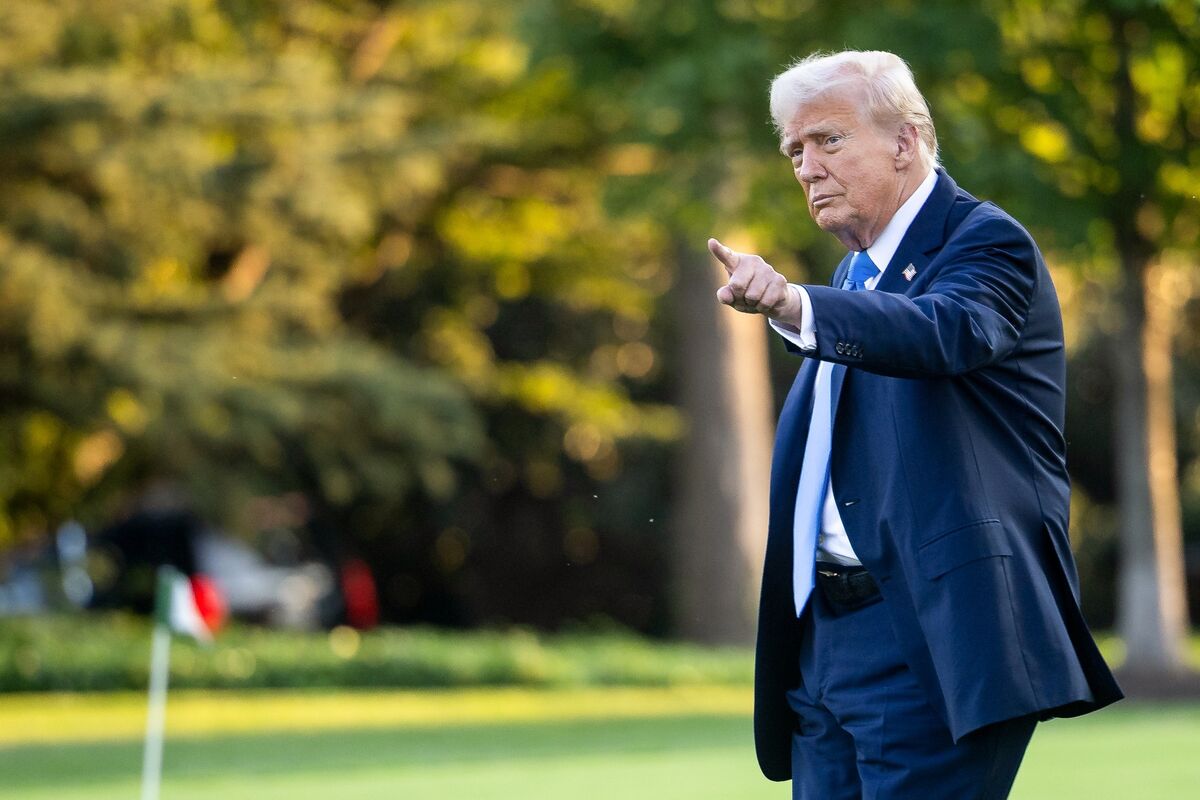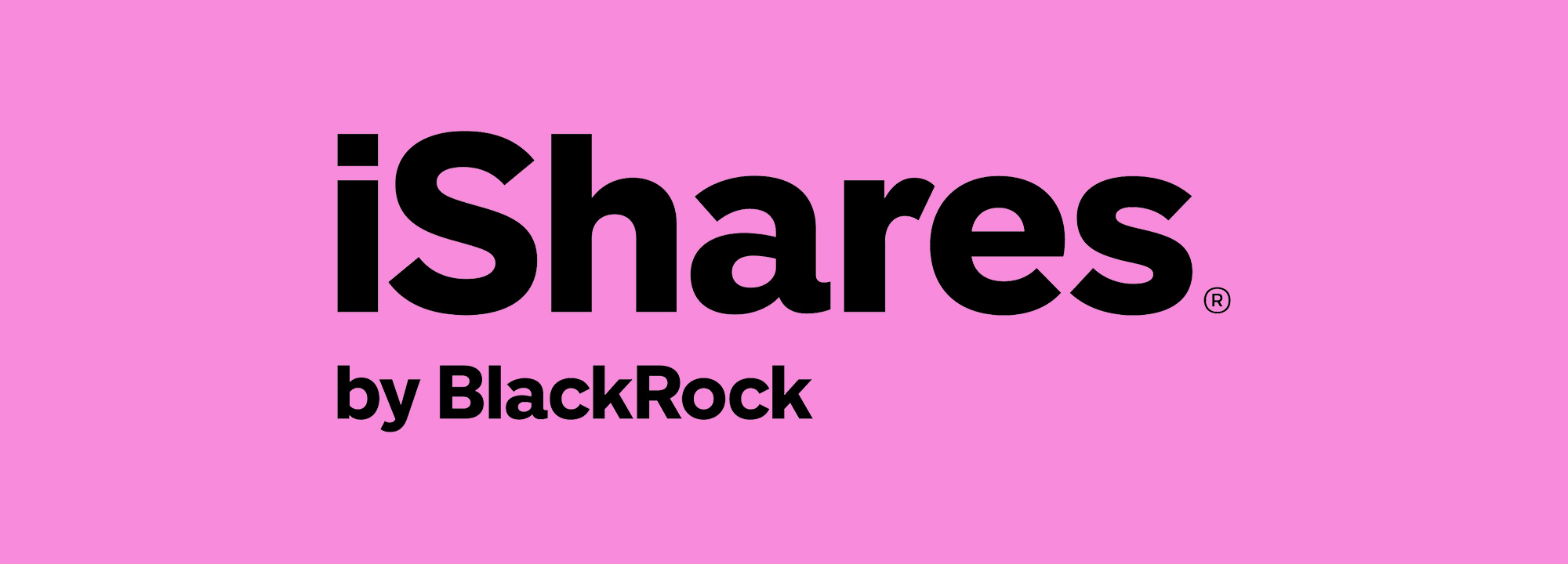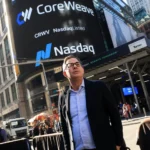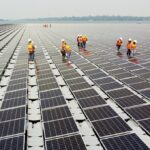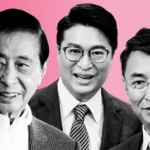CEOs Push Back on Trump’s $100,000 H-1B Visa Plan Amid Talent Concerns
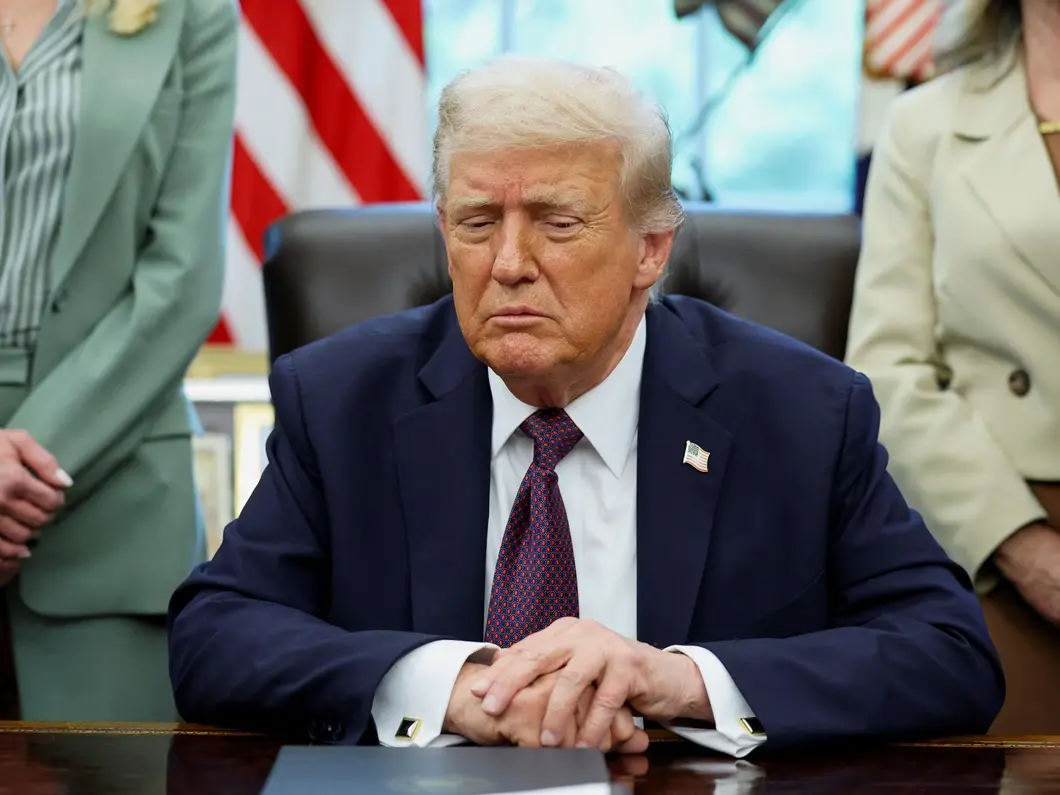
President Donald Trump’s proposal to impose a $100,000 fee on new H-1B visas has drawn sharp criticism from business leaders and tech executives, who argue that such a move could undermine U.S. competitiveness by restricting access to the world’s top talent.
The Proposal
Trump, in recent remarks and policy outlines, suggested dramatically increasing the cost of H-1B visas, which allow companies to hire highly skilled foreign workers, particularly in tech, engineering, and healthcare. He framed the plan as a measure to prioritize American workers and ensure that companies pay more for foreign talent.
Under the proposed plan:
- Companies would pay $100,000 per new H-1B visa, far higher than the current fees.
- The policy would target not just tech giants, but startups and small businesses relying on foreign talent.
- Proponents argue the policy would incentivize hiring Americans and reduce outsourcing.
CEO Backlash
Business leaders immediately voiced concerns that the plan could stifle innovation, slow growth, and drive talent to other countries. CEOs from major tech firms, biotech companies, and engineering consultancies warned that the U.S. could lose its competitive edge in the global race for highly skilled workers.
- Tech executives stressed that Silicon Valley relies heavily on H-1B talent for engineering, AI, and cybersecurity projects.
- Startups argued that the additional cost could be prohibitive, effectively pricing them out of the global talent market.
- Healthcare leaders noted that H-1B workers fill critical roles in hospitals and research institutions.
“Charging $100,000 per visa would be catastrophic for innovation,” one tech CEO said. “It’s effectively a tax on progress and will drive talent to Canada, Europe, and Asia, where barriers are lower.”
Impact on the U.S. Labor Market
Trump and supporters argue that raising the H-1B fee could increase wages for U.S. workers by reducing competition from foreign employees. However, economists point out that:
- H-1B workers often fill gaps that U.S. workers cannot, particularly in STEM fields.
- Restricting access could slow the growth of startups and technology projects, indirectly impacting job creation for Americans.
- Companies may relocate operations overseas to secure talent at lower costs, eroding U.S. economic leadership.
Dr. Elena Martinez, a labor economist, commented, “Higher visa fees don’t automatically translate into more American hires. They risk making U.S. firms less competitive while leaving critical positions unfilled.”
Global Competition for Talent
The U.S. faces intense competition for skilled labor from countries like Canada, Germany, and Singapore, which offer streamlined visa programs and lower costs for foreign professionals. Analysts warn that a $100,000 visa fee could accelerate a brain drain, as top talent opts for destinations that are more welcoming.
“Global talent is mobile,” said an immigration policy expert. “Policies like this send a message: ‘Come work somewhere else.’”
Political Calculus
Trump’s proposal is consistent with his broader immigration agenda, which emphasizes protecting American jobs and limiting foreign labor. Supporters praise the plan as a bold move to prioritize domestic employment and increase federal revenue.
Critics, however, argue that the plan demonstrates a misunderstanding of modern labor markets, where innovation and high-tech growth increasingly depend on international talent flows.
Next Steps
The $100,000 visa plan remains largely a policy proposal, and Congress would need to enact legislation for it to take effect. In the meantime, CEOs and industry associations are mobilizing to lobby against the proposal, highlighting its potential economic consequences.
Some are also exploring alternatives, such as increasing investment in domestic STEM education and fast-tracking visas for exceptional talent, rather than imposing a steep financial barrier.
Conclusion
Trump’s H-1B visa proposal has ignited a heated debate over the balance between protecting domestic jobs and maintaining U.S. global competitiveness. While intended to benefit American workers, many experts warn that the plan could backfire, driving talent—and innovation—abroad and leaving the U.S. economy less dynamic in an increasingly competitive global landscape.
As one tech executive put it: “You can’t lead the world if you price the world’s best talent out of your market.”
